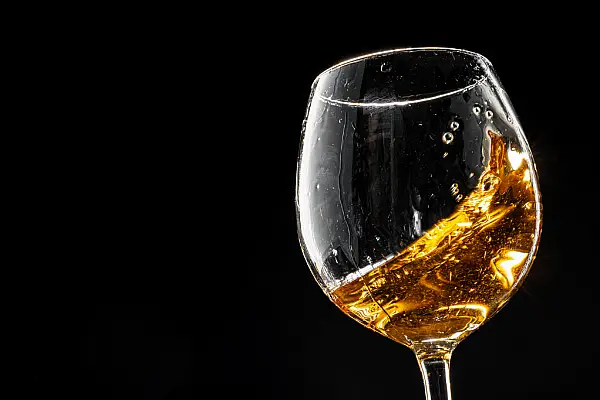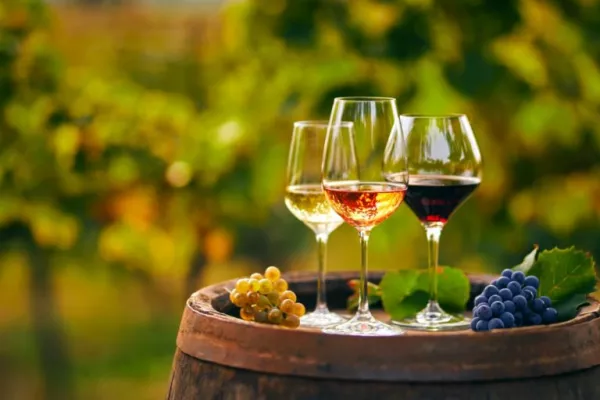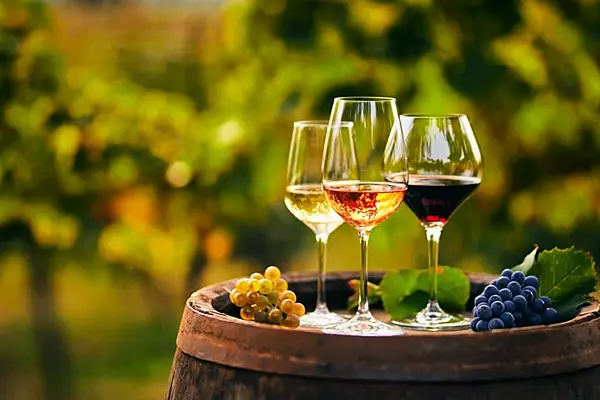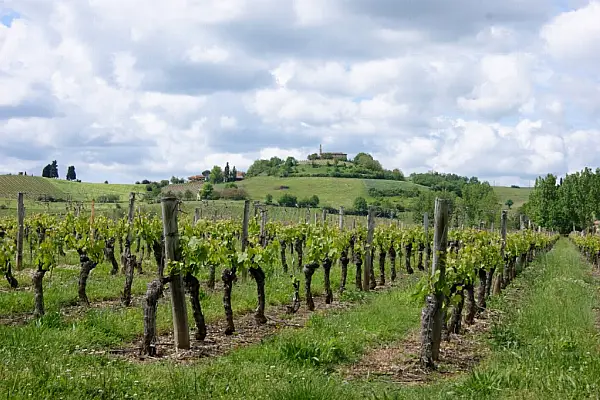Maybe you’ve been put off by the numbers. When 10 bottles of 1945 Château Mouton Rothschild go for $343,000, it can feel as though a wine auction is a wee bit … inaccessible.
Or maybe you think buying wine at auction is a stuffy process, involving sitting on uncomfortable chairs in bland boardrooms, raising paddles out of sheer boredom. Wine auctions, you figure, are not for you.
Well, you’re wrong. Wine auctions are no longer just one thing. I’ve been to raucous live sales where collectors battled for expensive bottles while sipping Krug champagne and savoring food by Daniel Boulud. But you can also bid online while hanging out at home in your sweats and eating pizza from a box, or even while flying from New York to L.A. (unless Gogo-in-flight conks out, as it did for me when I tried bidding on some wine this year).
The fall auction season starts next week. Here’s what you need to know before you play.
Why and WhereThe biggest reason to bid at auction is to get rare bottles and old vintages that aren’t readily available in retail shops. (If you’re not drinking older wines at least some of the time, you’re definitely missing out—but that’s another, more expensive, column.)
Live auctions are where you’ll find the splashiest of the splashy, which means case lots of Château Pétrus, grand cru Burgundy, Krug champagne, Pappy Van Winkle bourbon. Putting together a live sale costs a fair amount of money in and of itself (think of those lavish catalogs), so auction houses focus on what will bring in the biggest bucks.
You can bid in person, by phone, or online in advance or in real time, following the sale via audio and video wherever you are. One Russian recently bid from Western Siberia using an the new mobile app launched by the auction house Hart Davis Hart.
But attending a live auction is a great way to get a feel for how it all works. You can just drop by, but to bid, you have to register in advance on the auction website.
Online OnlyI’ve had better luck snagging wines in online-only auctions, which last for a week or more.
Unlike at live sales, most lots contain a single bottle rather than a case, you can up bids by a dollar, and a wide range of wines are on offer. I bought a killer 12-year old cult syrah from Washington State for $55 a bottle, below the original release price. The downside is that it’s easy to forget to check your bid status and lose out to someone else.
The granddaddy of online sales is Winebid.com, founded in 1996, which claims more than 80,000 registered bidders for its weekly auctions. Right now, it has more than 1,000 lots at less than $40 a bottle.
Most traditional auction houses (Zachys, Christie’s, Hart Davis Hart, Acker Merrall & Condit, and Heritage) now hold e-auctions, usually once a month, and even retail shops such as K&L Wine Merchants in San Francisco have their own versions.
What to DoFirst figure out what you want to bid on. “Some people are put off by the massive live auction catalogs,” says Charles Antin, senior wine specialist at Zachys Auctions. “They don’t know where to start because the lots aren’t listed in any kind of logical order, such as region or producer, but inconveniently arranged by consigner.” Hint: Check the index.
The primo live sales this fall include Hart Davis Hart’s Sept. 17 auction of the cellar of the late Aubrey McClendon, the flamboyant head of Chesapeake Energy; Sotheby’s New York sale on Sept. 9 and 10 of businessman John Brincko’s cellar, and an October sale of La Mission Haut Brion. Zachys's fabulous Vault sale begins with Part 1 in Hong Kong on Sept. 10; part II in New York on Oct. 15 (the e-auction part begins Sept. 28).
After you decide what wines interest you and figure out what you feel comfortable paying, check retail prices of wines you plan to bid on at www.winesearcher.com (the Pro version, $48 a year, is worth it). Then look at the catalogue estimates—these are only a guideline, because wine often goes for well over (or under) estimate. But it will give you a good sense of what might be a bargain and what is in your price range. Don’t forget to factor in the buyer’s premium, which can add as much as 22.5 percent to your price.
And remember: If you get everything you want, you overpaid.
Finally, if you’re at a live auction, don’t hesitate to ask the staff to explain what’s happening or ask for help.
Where Are the Good Deals?Some longtime collectors complain that no bargains are left.
Jamie Ritchie, president and chief executive officer of Sotheby’s Wine for the Americas and Asia, doesn’t agree: “The market’s the market. There are always things that are undervalued, whether producers, regions, vintages, or specific wines.”
Not everything is wildly expensive. Hart Davis Hart held a sale in April that included Burgundies from 159 different domaines, not all of them big name brands.
Though prices for the most in-demand great bottles were high, there were bargains for true burgundy lovers, like the single bottle of 1993 Domaine Joseph Roty Charmes-Chambertin Tres Vieilles Vignes, a grand cru, for $573, $200 less than it costs retail, if you can find it. Another steal: two cases of 2011 Domaine de Montille Volnay Champans, which went for $717 each. In shops it sells for $85 to $100 a bottle.
Marc Lazar, owner of St. Louis-based Cellar Advisors, which works with collectors, strategically looks for deals when several competing auctions are scheduled for the same weekend. “That’s a lot of wine,” he says. “People talk about the top 10, but nobody mentions the bottom 50.”
Mixed lots, which include several different wines or different vintages of the same wine, often go for less, as do wines with stained or lightly torn labels that will still be great for drinking, if not for investment purposes.
Some BargainsNames, regions, and vintages to look for include older California cabernets, such as Robert Mondavi reserve (1969, 1971, 1978, 1991), Ridge Vineyards Monte Bello, Diamond Creek Vineyards, and Heitz Cellars.
Bordeaux vintages 1996, 1999, and 2001 from the second through fifth growths can also be had for reasonable prices.
Lesser-known Italian reds, such as Super Tuscan Castello dei Rampolla Sammarco, are a good buy. Christie’s Sept. 13-to-27 online sale features a 24-bottle lot of the 1995 with an estimate of $800 to $1,000.
Chablis, some Rhone wines, and Alsace whites are all undervalued, especially in online sales.
But remember: Buying wine at auction can become addictive.
News by Bloomberg, edited by Hospitality Ireland









